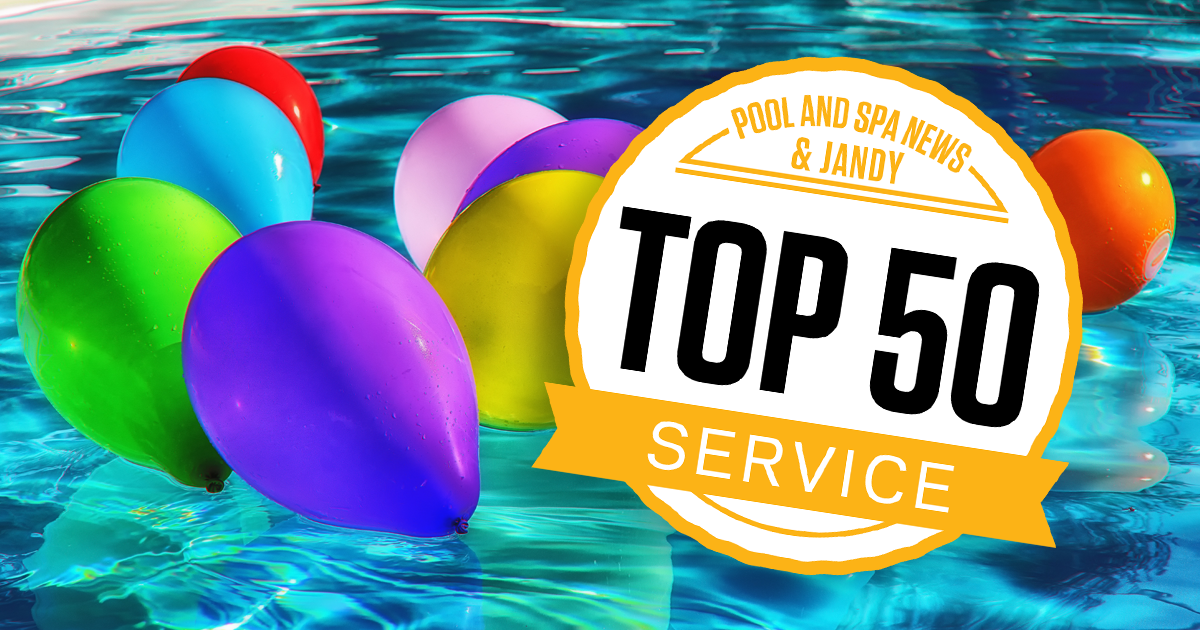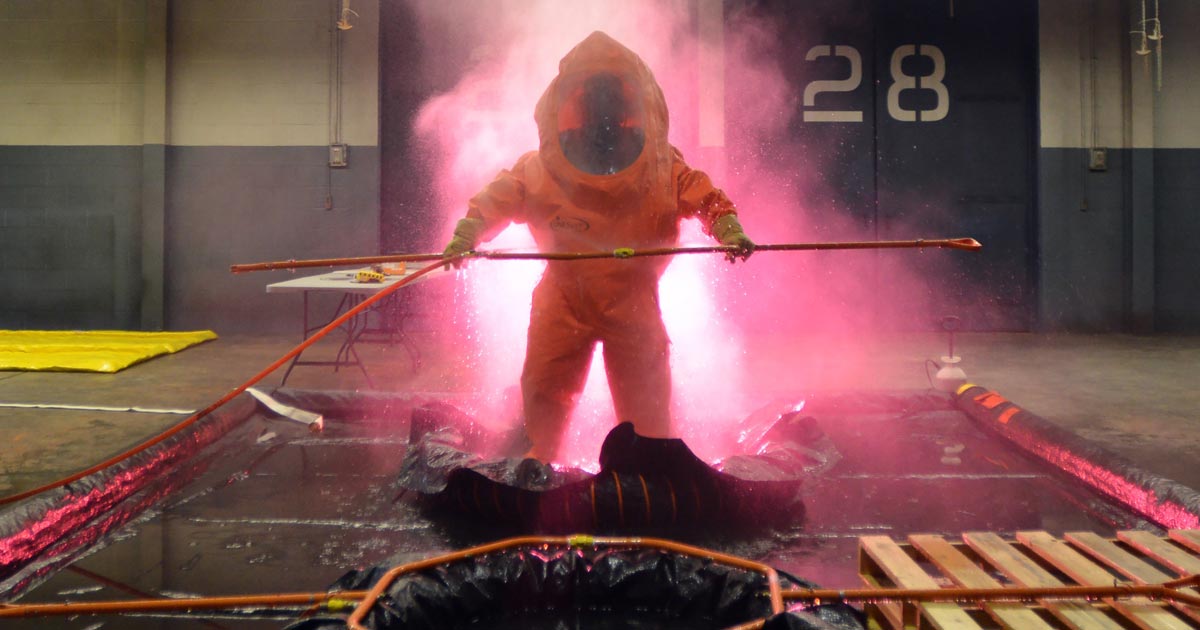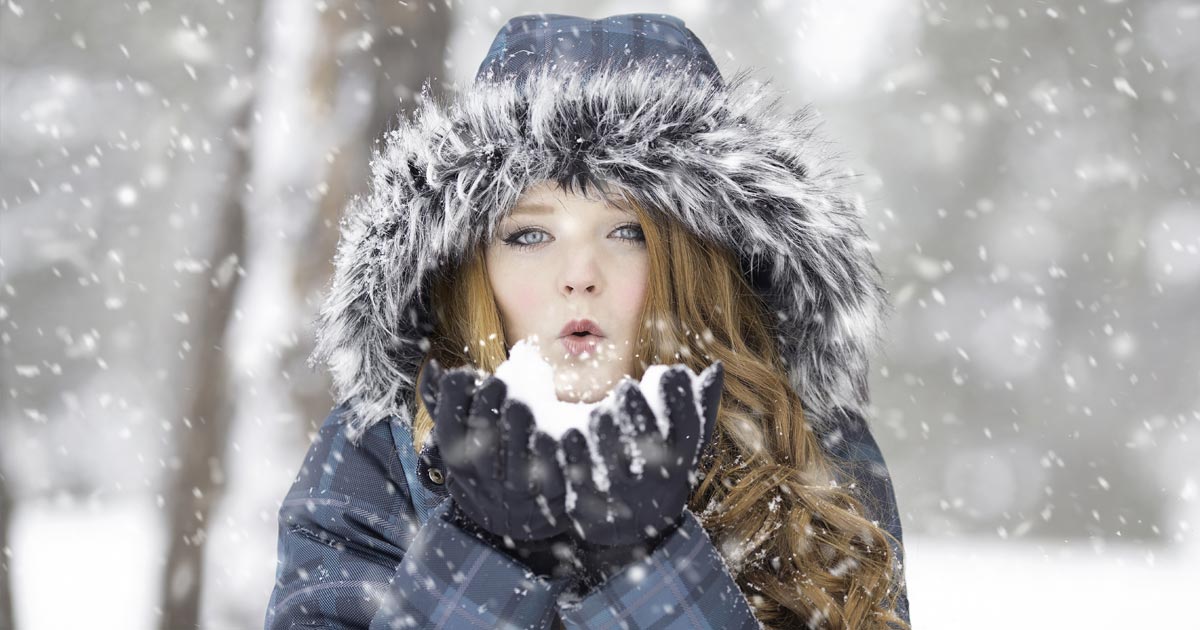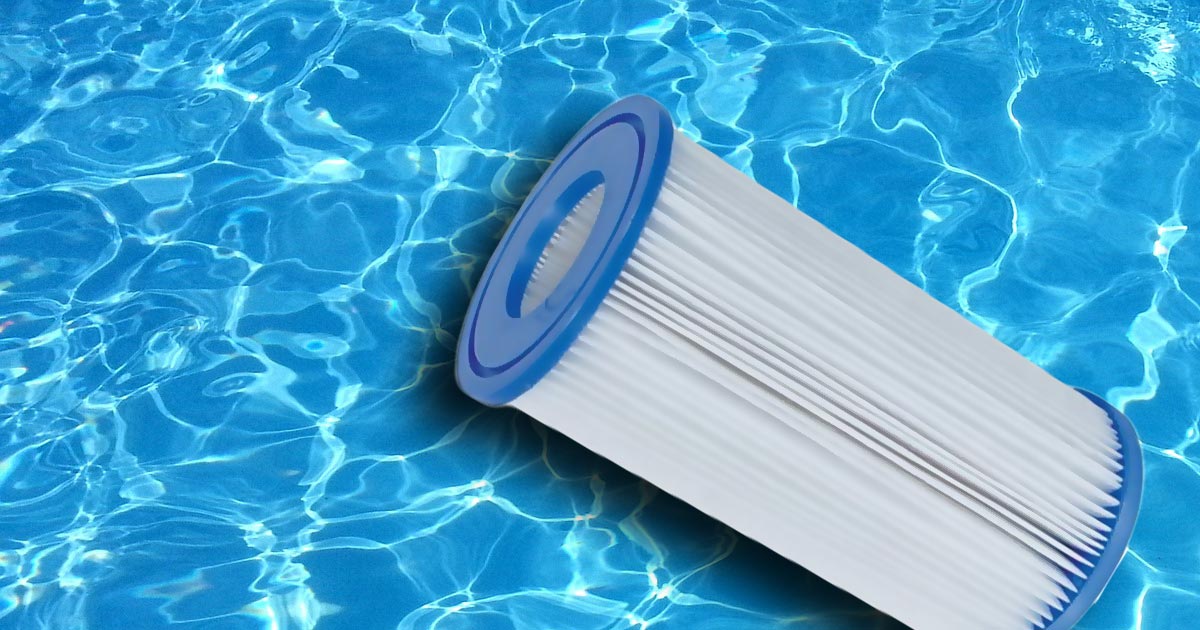Dolphin Pool and Spa Named in First-Ever Top 50 Swimming Pool and Spa Service Ranking

FOR IMMEDIATE RELEASE
Dolphin Pool and Spa Named in First-Ever Top 50 Swimming Pool and Spa Service Ranking
Los Angeles, October 2018 – Pool and Spa News, the premier media outlet for the pool and spa industry, has named Dolphin Pool and Spa in its annual ranking of top swimming pool and spa service firms across the United States and Canada.
Based in Plymouth, MN, the company placed 48 in the PSN and Jandy Top 50 Service List.
Top 50 Service firms, specializing in the cleaning, maintenance, repair and renovation of swimming pools and spas, have proven themselves as the most well-rounded in the country.
Pool/spa service companies from around the U.S. and Canada compete to appear on the Top 50 Service list. To determine this elite group, the media outlet evaluates businesses based on six pillars that indicate business excellence in the field:
* Earning power, based on a company’s service revenue from the previous year, helps determine overall business acumen and success;
* Staff management, training and retention indicate how the firm invests in its most important resource to ensure the highest-quality products and services;
* Participation in the swimming pool/spa industry, peripheral fields, and the business community at large, indicates the firm’s commitment to elevate its profession;
* Web presence makes up a vital part of reaching, informing and staying connected to consumers;
* Community service proves the ability of a business to take its good citizenship beyond its own operations;
* Customer service scores indicate a company’s commitment to what’s most important.
Businesses such as Dolphin Pool and Spa are leading the way for pools and spas, and the industry providing these life-enhancing products, to continue getting better.
About Pool and Spa News:
Founded in 1961 and based in Los Angeles, PSN serves the residential and construction swimming pool and spa industry. It is part of the Hanley Wood family of media platforms serving fields related to housing and construction.



